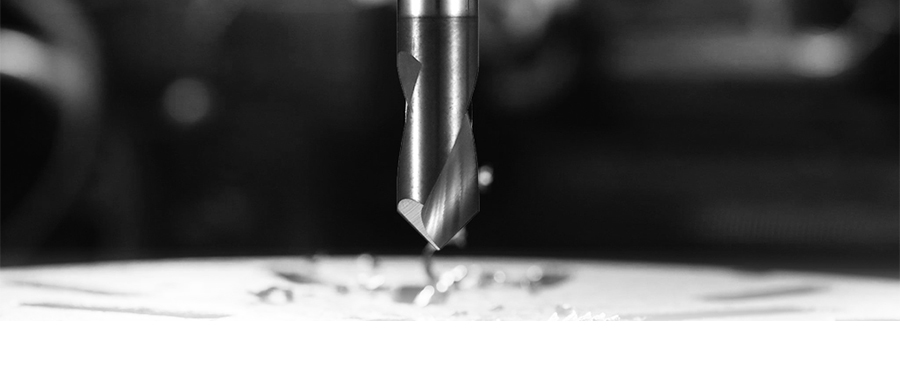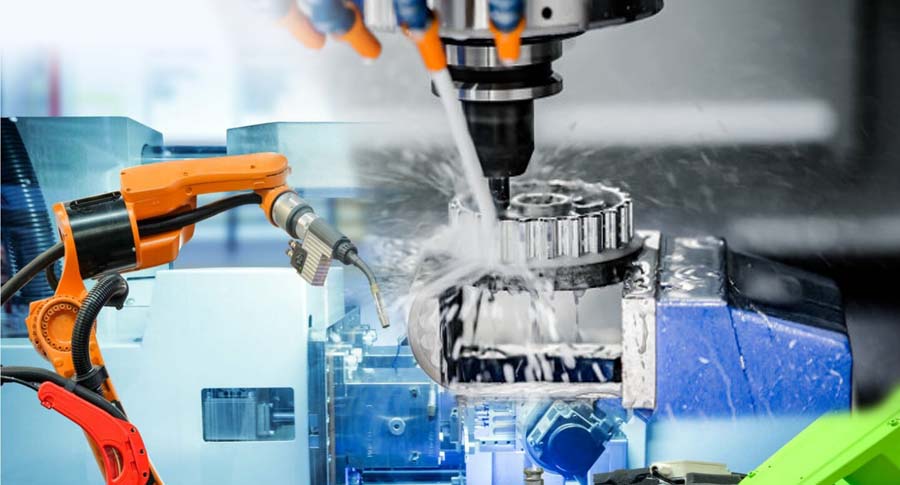Nowadays, in movies, airports, and food production, robots seem to work everywhere, even in factories that manufacture other robots. Robots have many different functions and uses, and as their manufacturing becomes easier and cheaper, they are becoming more and more common in the industry. As the demand for robotics continues to increase, robot manufacturers need to keep up. A basic method of manufacturing robotic parts is CNC machining.
With so many possible functions, many different types of robots have evolved. There are several main types of commonly used robots. The single arm of an articulated robot has many joints that many people can see. There is also the SCARA robot, which can move things between two parallel planes. SCARA has a high vertical stiffness because their movement is horizontal. The joints of the Delta robot are located at the bottom, which keeps the arms lightweight and able to move quickly. Finally, gantry or Cartesian robots have linear actuators that have 90 degrees of movement relative to each other. Each of these robots has different structures and different applications, but there are usually five main components that make up the robot.

Robotic Arm
Robotic arms are very different in form and function, so many different components can be used. However, they have one thing in common, that is, they can move or manipulate objects-different from human arms! The different parts of the robot arm are even named after ourselves: the shoulder joints, elbow joints and wrist joints rotate and control the movement of the various parts between them.
The structural parts of the robot arm need to be hard and strong so that they can lift objects or apply force. Because the materials used meet these requirements (steel, aluminum and some plastics), CNC machining is the right choice. Smaller parts, such as gears or bearings in joints, or housing parts around arms, can also be CNC machined.
End Effector
The end effector is an accessory attached to the end of the robot arm. The end effector allows you to customize the functions of the robot for different operations without having to build a completely new robot. They can be grippers, grabbers, vacuum cleaners or suction cups. These end effectors usually have parts made of metal (usually aluminum) through CNC machining. One of the components is permanently connected to the end of the robot arm. The actual gripper, suction cup, or other end effector (or end effector array) is matched with this component, so it can be controlled by a robotic arm. This arrangement with two different components makes it easier to replace different end effectors, so the robot can be adapted to different applications. The bottom disc will be bolted to the mating part of the robot arm, so you can connect the hose that operates the suction cup to the air supply device of the robot. The top and bottom are examples of CNC machining parts.
The end effector involves many CNC data processing parts.
Motor
Every robot needs a motor to drive the movement of its arms and joints. The motor itself has many moving parts, many of which can be processed by CNC. Generally speaking, the motor has some kind of machined housing for the power supply and a machined bracket for connecting it to the robotic arm. Bearings and shafts are usually CNC machined. The shaft can be machined on a lathe to reduce the diameter, or it can be machined on a milling machine to add features, such as keys or grooves. Finally, the gears that transmit the motor motion to the robot joints or other parts can be CNC processed by milling, electric spark or gear hobbing machines.
Servo motors can be used to provide power for robot movement.
Controller
The controller is basically the brain of the robot. It can do what you think it can do-it usually controls the precise movement of the robot. As the robot’s computer, it gets input from sensors and modifies the program that controls the output. This requires the PCB to accommodate the electronic components. Before adding electronic equipment, the PCB can be processed into the required size and shape through CNC machining.
Sensor
As mentioned above, the sensor receives information about the surrounding environment of the robot and feeds it back to the controller of the robot. The sensor also needs a PCB that can be CNC processed. Sometimes, these sensors are also installed in the CNC machining housing.

Custom Fixtures And Fixed Device
Although not part of the robot itself, most robot operations require custom fixtures and fixtures. When the robot is working on the part, you may need a fixture to fix the part. You can also use fixtures to accurately position parts every time, which is usually necessary for robots to pick or drop parts. Because they are usually one-time customized parts, CNC machining is very suitable for fixtures. The lead time is short, and CNC machining is usually easy to complete on a piece of stock material, usually aluminum.


